2017 is already shaping up to be an exciting and maybe an even transformative year for the printing industry. Almost every major manufacturer has an innovative product or two in the pipeline, with new printers and technology coming out just about every month. Printing expectations have changed a lot over the last few years and many of the recent advances in print technology seem to be a response to those shifting expectations. In this article, we will explore a few of our favorite innovations over the past year as well as up-and-coming printer tech trends to watch out for.
Canon PIXMA TS Printers
Canon recently updated their always-popular PIXMA line with the brand new TS series. It includes four new printers: the PIXMA TS5020, PIXMA TS6020, PIXMA TS8020, and PIXMA TS9020, and ranges in price from $99.99 to $199.99 on Canon’s website. Intended to replace the older PIXMA MG series, these printers should prove very popular with the home user market, offering similar features in terms of function and print quality, with the added bonus of a compact storage size, larger LCD screen and faster print speed.
Brother INKvestment Printers
Brother introduced a radical idea the year before last and thus far seems to be getting a good response. That idea? Why not make printing super cheap! They introduced bare-bones printer models that, while they may cost a bit more out of the box, print pages at a fraction of what you’d expect from most competitors. As a result, the Brother HL-L2340DW Wireless Laser Printer received glowing reviews from Forbes in May of 2015. This past year, they introduced their INKvestment line of printers whose extra-large and affordable cartridges that include up to 2.5 years worth of ink out of the box. Brother’s MFC-J985DW and MFC-J985DW XL color inkjet printers are designed to print up to 2,400 monochrome pages for as little as one cent per page.
Refillable Ink Tank Printers
Ink tank printers have been popular in the international market for a few years now. Major manufacturers finally decided to introduce their own models to U.S. consumers in the last year. Epson was the first to test the market with the Ecotank series, and in 2017, Canon is challenging the competition with their PIXMA G-Series Megatank printers. If you are not familiar with this type of printer model, ink tank printers are equipped with large refillable ink tanks. Ink bottles have taken the place of ink cartridges, offering considerably more prints than your standard cartridge, for a very low price. We crunched the numbers on the EcoTank and compared it with other money-saving ink solutions, including third-party cartridges and subscription services, and found the EcoTank to be a good option for those with high volume printing needs, the only concern being the high price tag of the machine. For consumers that print a few times a month, the savings may not add up when you factor in the high initial price point of the printer with total cost of ownership. This new printer niche looks to have a growing number of fans. Both Brother and HP already offer ink tank models in other markets and it would not be surprising if they followed Epson and Canon’s lead here in the U.S.
Monthly Ink Programs

Subscription-based ink purchasing had a bit of a breakout year in 2016. Several manufacturers, including most notably HP, introduced automatic reordering and monthly subscription options to their new printer models last year. HP’s flagship Instant Ink program was launched the year before last and involves paying monthly premiums for automatic delivery when your printer signals that ink is running low. Your printer tracks the number of pages printed, and you pay according to one of their several monthly page-estimated options. In theory, this will spread out expenses over the course of several months, and give you easy and instant access to recycling services. Plus, your ink is already on the way when you need it.
Cool, right? Well, yes and no. This program, in particular, was received with mixed reviews, even when generally positive. PCMag notes “as the plans don’t distinguish between black and color pages, you could save a lot of money with Instant Ink if you print mostly in color. Whether you’re printing text documents or photo prints, your cost per page will be the same.” That benefit comes with a stern caveat, however: “Note, though, that your savings may be considerably reduced if you don’t use up your allotted pages, or if you frequently print more pages than are included with your plan.” Our analysis of the program found similar concerns, adding that rollover totals are capped low and people who go over their monthly print allotment too often quickly run over any cost benefits the program may offer.
How People Print Today
Chances are if you’re looking to buy a printer this year, you may not have thought about buying one for several years (and likely don’t know how much things have changed!). As tends to happen with tech, a lot has changed with printer technology pretty quickly, and getting an understanding of what you should keep an eye out for will make sure you don’t miss the boat on some useful software solution.
Wireless printing has been around for around a decade. At this point, most people do all their printing wirelessly, skipping the old school USB cable route. In recent years, printer manufacturers have teamed up with popular brands like Google and Apple to include proprietary printer drivers designed to make wireless connecting their products, especially mobile devices, easier and more efficient.
Google Print instantly connects your printer to Gmail, Drive, and Docs with minimal setup and no hassles. More people are switching to the Cloud model of getting things done, and today it’s not uncommon to encounter entire companies who do the vast majority of what they do exclusively on Google Drive. And why not? It’s quick, easy to share, and you can access whatever you need from anywhere. Choosing printers with Google Print technology makes networking printers to mobile devices easier as well.
Speaking of mobile devices, we also have to discuss Apple AirPrint. A forerunner to Google Print, AirPrint makes connecting your Apple laptop, iPad, or iPhone effortless. Printing from mobile and tablets is becoming especially important, as more business than ever is done using handheld devices. Take, for example, a small shop that uses Square connected to an iPad to complete payment on sales. Direct connection between your sales interface on mobile and a printer means being able to print invoices, collected data, receipts, and instantly, without jumping through unnecessary hoops.
New technology for commercial printing and home use will make this a red letter year for print enthusiasts. What kinds of print innovations can we expect in the coming year?
Canon Wide Format Roll-to-Roll
A lot of movement has been happening in the wide format printing world over the past couple years. Manufacturers are experimenting with new ink technology and delivery systems to get higher quality imagery, faster and for less. The latest comes from Canon, whose UVGel ink technology was released for roll-to-roll print setups this year. In a press release for UVGel, Canon describes their product as “A radically new UV curable ink from Canon that instantly gels on contact with the media, resulting in precise dot placement and area control for consistent, high-quality images at high speed.” It’s designed to print a broad spectrum of color with precision in a more environmental and cost effective way. Perhaps the most interesting aspect of UVGel comes from its LED curing process, which doesn’t require heat and therefore can print on ultra-thin and heat sensitive media. Early reviews, like this one from FLAAR Reviews, are positive, noting that the heat-free curing method Canon employs uses much less electricity than traditional methods, saving money on utility bills and requiring fewer resources.
Okidata White Toner Technology
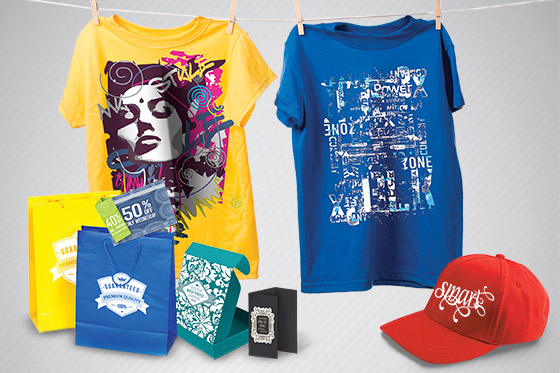
If you’re a big fan of bright fluorescent colors, Okidata has something just for you. In the coming months, they are releasing a new line of laser printers that incorporate a white color toner designed to color match and heighten the brightness of neon hues. “Okidata’s new Pro6410 NeonColor,” Printing Impressions writes, “liberates graphic design from the limits of the standard CMY color spectrum and enables the printing of super-bright, eye-catching fluorescent designs on transfer media for use on garment, product decoration, and packaging.” White tones have been used to open up the color palette for photo-grade inkjet printers for several years now. Toner-based printers transcending the CMY color spectrum is a whole new innovation space that, in many ways, shows how changes in marketing and design are influencing print.
For small companies who do most of their marketing and packaging print in-house, this really opens up a lot of creative space for your designers—not to mention the potential for artists, clothing designers, and other creatives. NeonColor’s bright color palette is designed to create fluorescent effects on either light or dark backgrounds, with the added option of using Okidata’s NeonWhite toner.
Epson Surecolor Printer
For photographers who work from home, finding space for a professional quality printer can be tough—especially wide format models commonly used for gallery prints. Epson designed its new Surecolor 5000 printer with this in mind, developing a model smaller than any other pro-grade inkjet without sacrificing 17-inch wide borderless photo prints. An update on the popular 4900 model, it features a new ink set with newly reformulated matte black HDX ink for higher color density. “To cut down on bronzing—when darker prints are viewed at an angle and reflected light gives the image a “bronzed” look—Epson reformulated their cyan and magenta inks enhancing their ability to be absorbed by inkjet media,” Popular Photography writes. The 5000 features Epson’s PrecisionCore TFP printhead to offer the same quality and precision as its larger cousins. Often, small tweaks to popular existing models can be as revolutionary as creating technology from scratch.
Clean Lines and Ultra-Hip Designs
Not everything about printing has to boil down to technology—sometimes aesthetics are worth discussing as well! More people than ever work from home. Often the utilitarian look of traditional printers stands out against your decor, even in your home office. To combat this issue, HP launched a line of printers modeled on the clean, minimalist aesthetic you know and love from brands like Apple. The Deskjet 1112 design is ultra-affordable and clearly marketed toward the tastes of college students and other young folks. The downside? It is slower than other similar classed models and its standard ink cartridges print very few pages before needing replacement. If you do most printing at the library and only need a printer for the occasional one-off draft, the printer price tag alone makes it worth considering.
A BIG Year for 3D Printing
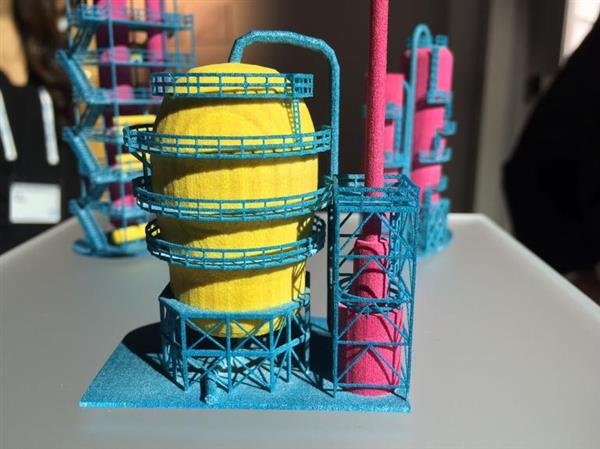
A lot of buzz in the printing industry surrounds innovative new 3D printing technologies rolling out early this year. 3DPrint.com writes “in about two years time the industry we all know now will look quite a bit different, and we will be on the cusp of mainstream adoption from business, manufacturing, and individual standpoints.”
Perhaps the biggest story in printing this year will be HP’s Multi Jet Fusion printer line, which dropped toward the end of last year and is expected to make waves this year. One of the first 3D printers developed by a major print technology brand, the Multi Jet intends to introduce 3D printing solutions for mass market commercial sale and use. They have paired the release of this line with an Open Platform approach, which is “fostering widespread adoption of 3D printing by expanding the availability of new materials to address a broader set of applications, lowering materials costs, driving performance improvements, and creating new possibilities for part properties that address specific industry needs.” Companies looking to 3D printing as a solution for manufacturing small parts and quick solutions will want to keep an eye on this product as more people experiment with the technology and tease out its strengths and weaknesses. Unfortunately, starting around $130,000, it’s not something for everyone.
For people looking to experiment with modeling on their own, the good folks who brought instant photography into the masses are hoping to do the same for 3D printing. Polaroid is releasing new 3D printers and modeling pens designed to be compact, easy to use, and, most importantly, affordable enough for home users. Their initial launch includes three printers designed to fit into a home or small office, each able to produce jewelry, custom artwork, home goods, small prototypes, models, and more. Polaroid also released two modeling pens designed to work with ABS or PLA filaments (each is preloaded with 10 meters of starter thread to get you started). One modeling pen model comes wired, the other wireless and battery operated with a charging stand according to Digital Trends.
A Laser Printer Without Toner
The #future is inkless: dutch #scientists are developing a printer that 'burns' the letters onto the paper with a laser #innovation pic.twitter.com/kH7qBDpw8d
— DW Business (@dw_business) January 2, 2017
Euronews writes that researchers at the University of Technology in Delft, Netherlands developed a printer that softly burns text onto the page using light, not unlike how children use sunlight and magnifying glass. By using concentrated light to create text and images, the researchers believe they can create printers that operate without the need for consumables like ink and toner, which would drastically reduce costs both financial and environmental associated with printing. Researchers are currently working to improve quality and troubleshoot smudging and other associated issues, but at minimum this kind of innovation gives insight into the kinds of new thought surrounding printer design. Of course, inkless printing is still far from commercial viability, but I suggest keeping an eye on this space.
Textile Printing for the 21st Century
Belgian wide format manufacturer Mutoh released a new inkjet designed to print on fabric. This function allows fashion designers and upholsterers to create custom patterns and color match with precision instantly, which opens up a whole of opportunity for creative new looks. This innovation, in particular, creates an opportunity to actualize inspiration in an instant, without having to develop design proofs and send them out to a textiles firm. Your pattern can be set up on a laptop and printing from your studio instantly. Nice!
At the end of the day, printing will continue to innovate in ways that suit the way we engage with the world. Technology is always on the move, and it’s perhaps never been more apparent than today how much those shifts affect our day to day lives. Print, both on paper and using polymers in 3D, is here to stay. Looking over what we have in store for 2017, there is absolutely a whole lot to be excited about, too.


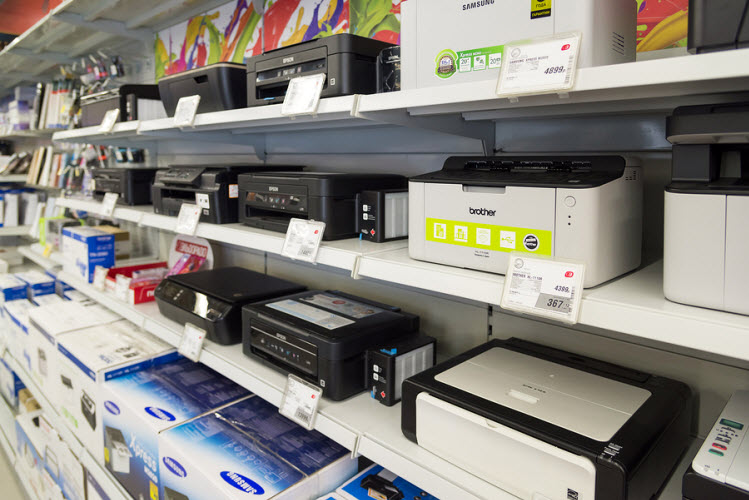




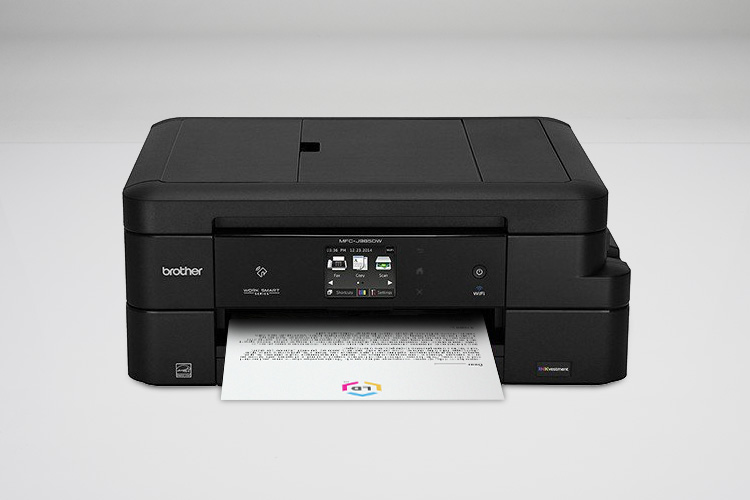
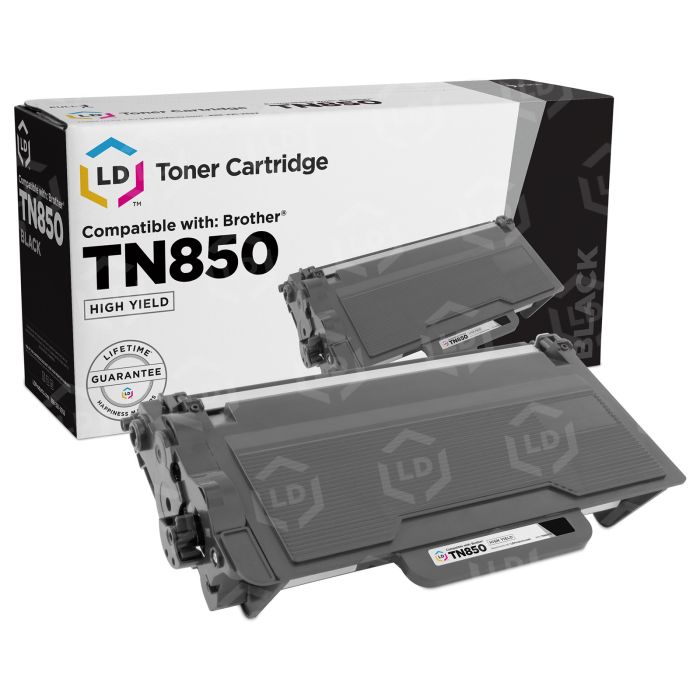
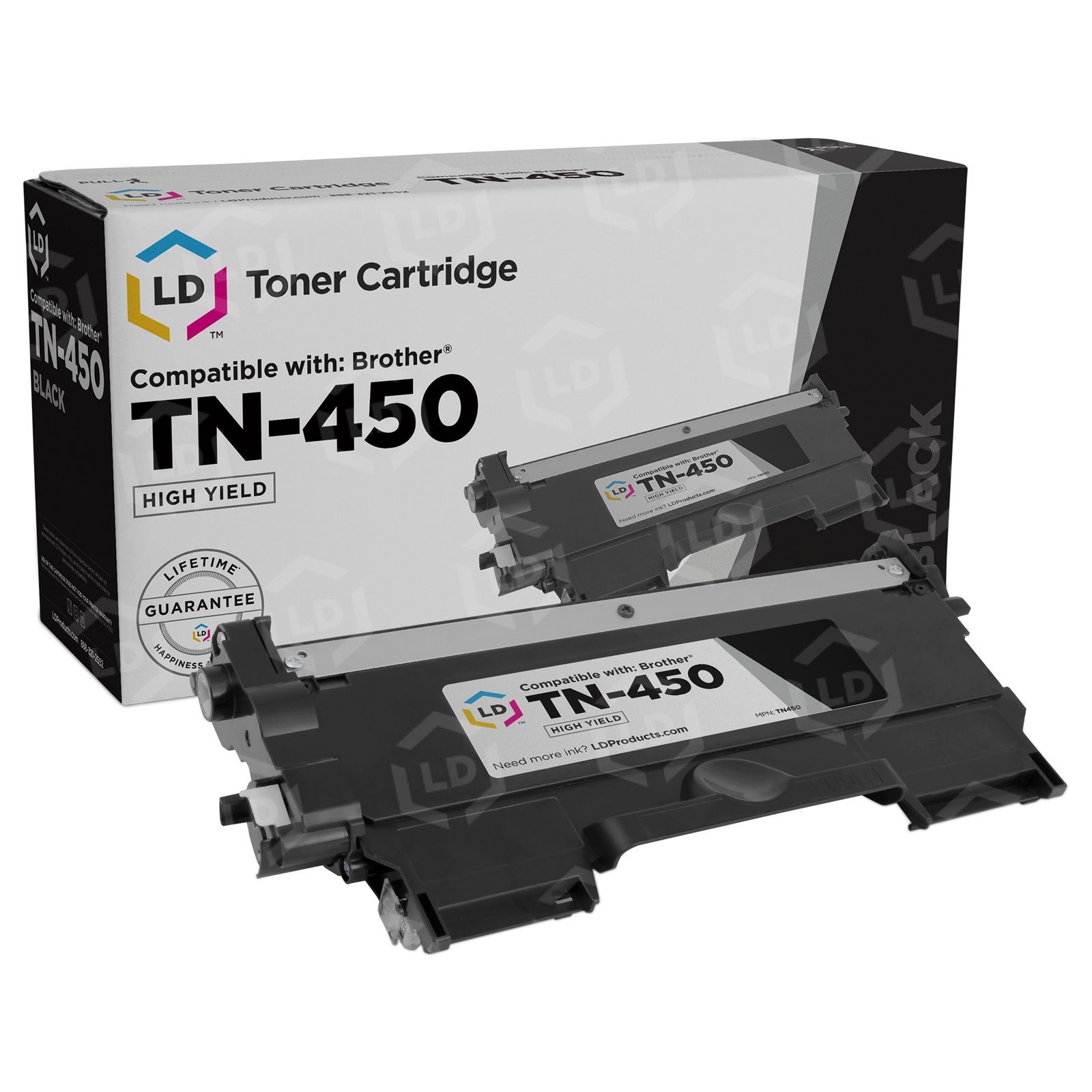

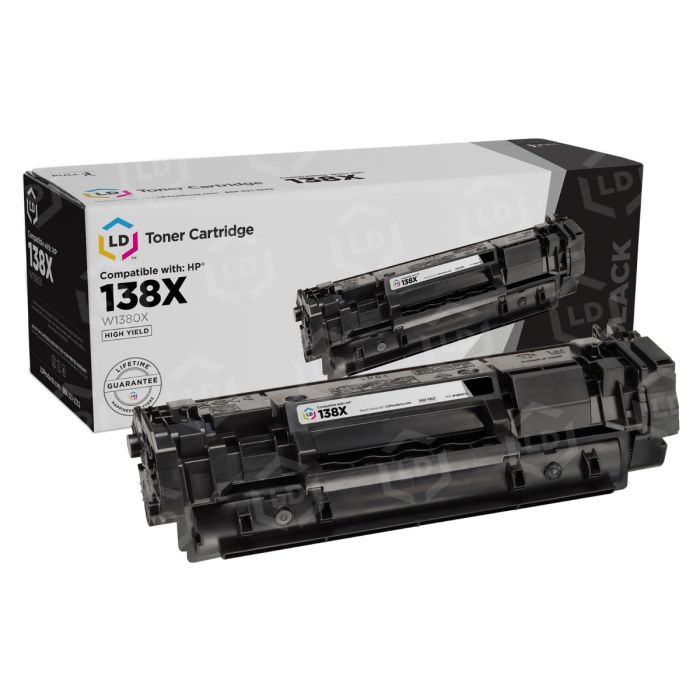
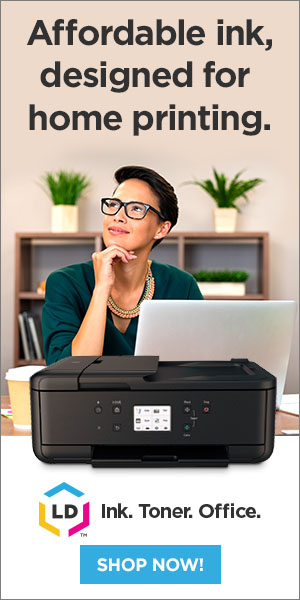
Canon has always been one of my favorite brands in the printing industry.. It’s good to know that they are trying to improve the technology and user convenience.